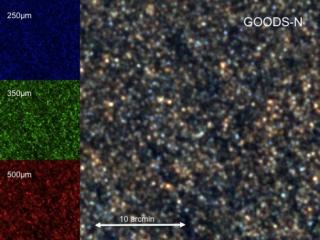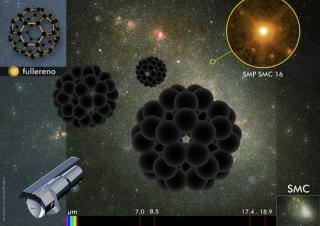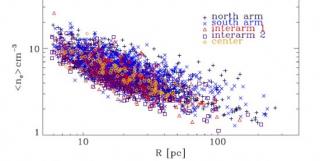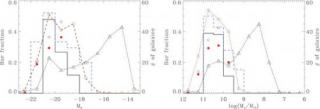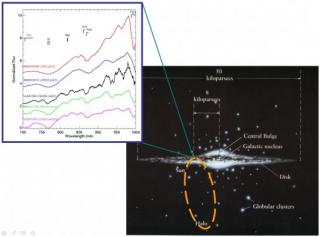Thanks to the NASA’s Spitzer Space Telescope, bucket loads of large carbon molecules, the so-called fullerenes (C 60), have been found around dying stars in the Milky Way and in a nearby galaxy. The fullerenes – the biggest molecules known in space – have been detected accompanied by large concentrations of hydrogen, contradicting the actual theories and the laboratory experiments, which show that fullerene formation is strongly inhibited by hydrogen. It turns out that fullerenes are much more common and abundant in the Universe than initially thought, because these molecules have been

